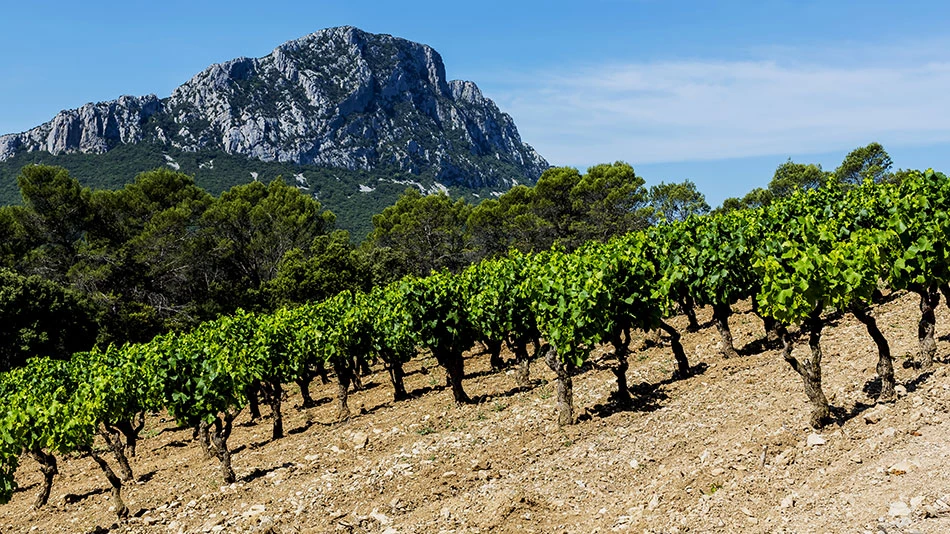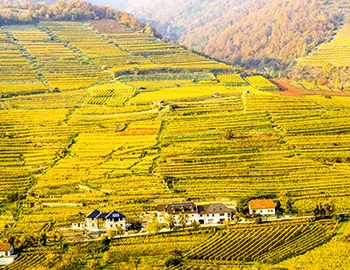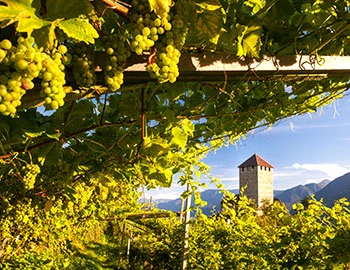Coteaux du Languedoc
Coteaux du Languedoc: classics of the south
The highly interesting appellation of Coteaux du Languedoc incorporates the traditionally prestigious wines of Languedoc. The approximately 10,000 hectares are spread over more than 140 communities, and are planted exclusively with the traditional grape varieties that first established the reputation of Languedoc wines. The Coteaux du Languedoc designation (today also called AOC du Languedoc) is thus a guarantor of authentic wines from the Midi.
The Coteaux du Languedoc region resembles a jigsaw of high-quality cultivation areas in the south that are rich in tradition and stretch from Nîmes in the east to Narbonne in the west. Each of them has a distinctive terroir. The Pic Saint Loup rock mass, for example, is found in the very east, while La Clapa is a peninsula protruding from the coast in the western extreme of the region. Both sub-regions are known for their substantial red wines. In general, red wines quite clearly set the tone, with a share of 70 percent. The peak of the AOC quality pyramid is formed today by six classified crus: Corbières Boutenac, Minervois La Livinière, Saint-Chinian Belou, Saint-Chinian Roquebrun, Faugères and La Clape.
The Greeks were the first
Some 600 years before Christ, the Greeks and Etruscans laid the foundations for viticulture in Languedoc. The region experienced its first vinicultural heyday in Roman times, when deserving veterans settled at Narbonne to make wine. After the fall of the Roman Empire, viticulture in Languedoc quickly lost significance. It was only in the late 17th century, thanks to improved transportation with the opening of the Canal du Midi, that viticulture experienced a renaissance, one which was only briefly interrupted by the phylloxera pandemic (in 1863).
High-quality terroirs
The wines of the Coteaux du Languedoc appellation are grown largely on hillsides or terraces. The soil types are manifold, ranging from volcanic rock over gravel and shale to sand or loam. The grape varieties approved for this designation of origin are all long-established, and have adapted themselves well to their respective terroirs. Red wines are vinified almost exclusively from the Grenache, Syrah, Mourvèdre, Cinsault and Carignan varieties. Over ten varieties are approved for white wines; particularly characterful white crus are made from varieties such as Picpoul Blanc and Bourboulenc.
With the surrounding garrigue-scrub landscape consisting of rosemary, thyme, lavender, bay, juniper and many other plants, the vineyards are part of a unique landscape. In a generally very warm, Mediterranean-influenced climate, regional winds from the north and west provide consistent cooling.




